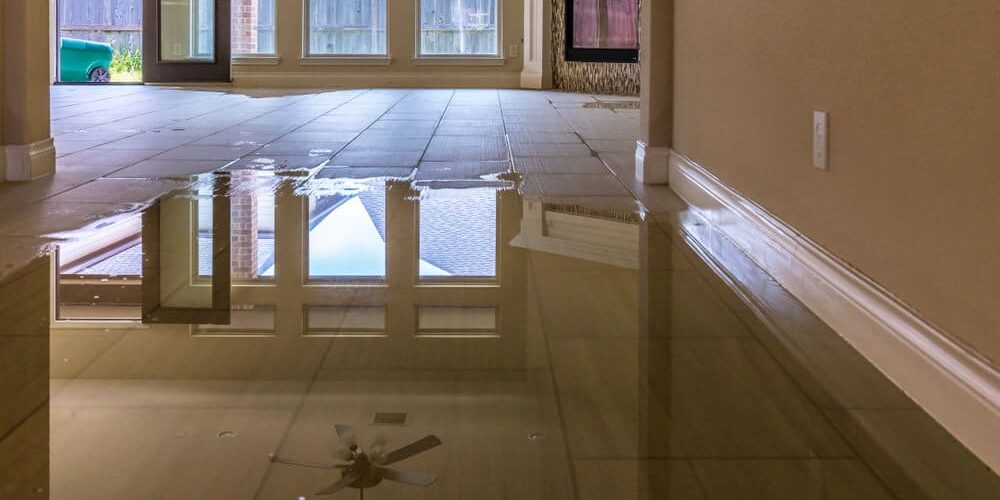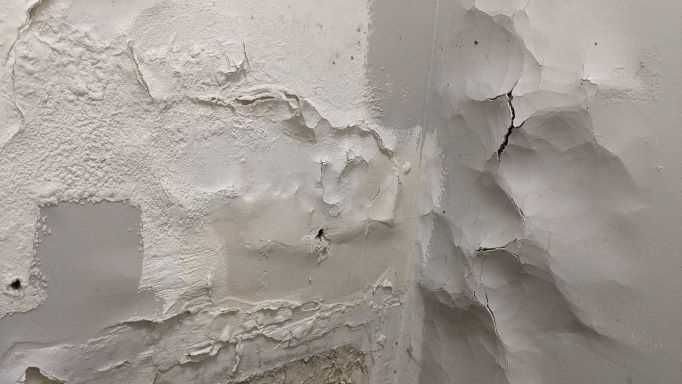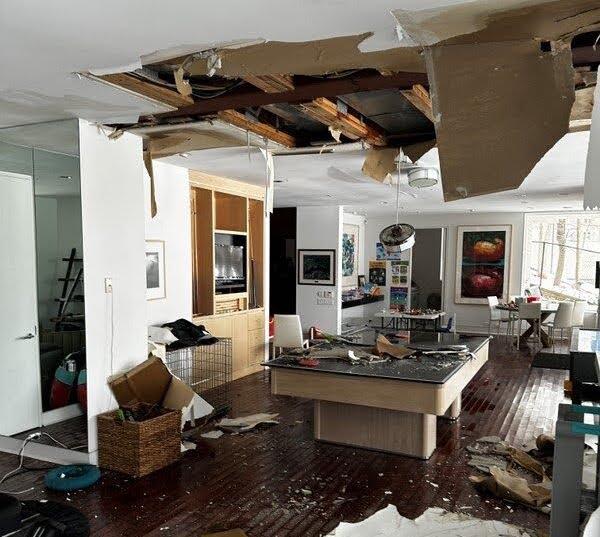The Process of Water Damages Cleaning: Ensuring Your Home Is Recovered Efficiently
Water damages can be a complicated obstacle for homeowners, demanding a careful and organized cleanup process to bring back safety and security and capability. A comprehensive analysis is vital to identify the extent of the damage and identify the ideal remediation procedures. Following this, effective water removal methods play an essential duty in mitigating further harm. However, the subtleties of drying out, sanitizing, and eventual restoration are equally necessary and commonly forgotten. Understanding these phases can make a substantial distinction in the result of your home's restoration, triggering a closer check out what each step entails.
Assessing the Damage
Upon uncovering water damage, the initial step is to completely analyze the degree of the effect. This initial evaluation is essential, as it aids identify the necessary steps for effective clean-up and repair. Begin by inspecting the impacted locations, including wall surfaces, ceilings, floors, and individual belongings, to identify the source of the water breach, whether from flooding, leaks, or condensation.
Recording the damages is crucial for both insurance policy cases and preparing restoration initiatives - damage restoration services. Usage photos and created notes to capture the severity of the damage, keeping in mind any afflicted architectural elements and products. Pay unique attention to areas that may not be right away noticeable, such as behind wall surfaces and under carpets, as hidden wetness can cause further issues, consisting of mold development
In addition, evaluate the timeline of the water direct exposure. Inevitably, a comprehensive assessment lays the groundwork for an effective water damages cleaning procedure, making sure that all impacted areas are dealt with effectively and extensively.
Water Removal Methods

Specialists commonly use submersible pumps for larger quantities of water, which can swiftly reduce flooding in basements or other impacted areas. For smaller sized quantities, wet/dry vacuum cleaners are commonly made use of to draw out recurring wetness from carpets and tough surfaces. In addition, using portable extractors permits targeted removal in constrained areas or locations with delicate materials.
In instances of infected water, such as sewage or floodwater, progressed extraction techniques may entail making use of biohazard tools to make certain safety and security and conformity with health laws. High-powered extraction tools are crucial in decreasing water retention in architectural products, which can result in mold development and structural deterioration if not resolved immediately.
Eventually, the performance of water extraction methods plays a pivotal function in the general success of the water damage clean-up procedure, laying the groundwork for succeeding remediation initiatives.
Drying and Dehumidification
When standing water has actually been efficiently removed, the following important stage in the water damage clean-up process is drying and dehumidification. This action is important to prevent additional damages and mold and mildew development, which can occur within 24 to 48 hours in moist atmospheres.
To achieve reliable drying, specialized devices such as industrial-grade air movers and dehumidifiers is employed. Air movers distribute air across damp surfaces, enhancing evaporation prices, while dehumidifiers lower humidity levels in the air, promoting a favorable atmosphere for drying. The mix of these devices makes certain that dampness is extracted from floors, wall surfaces, and furnishings, enabling them to completely dry extensively.
It is essential to monitor the drying process carefully. Experts commonly utilize wetness meters to evaluate the wetness web content in different materials, guaranteeing that all influenced locations reach appropriate dry skin degrees. This precise approach helps to avoid covert moisture pockets that can result in architectural damage or unhealthy mold and mildew growth.

Cleaning and Sanitizing
After the drying and dehumidification phase is full, the next vital action in water damage cleaning is cleaning up and sanitizing the impacted areas. This procedure is important to avoid the growth of mold, microorganisms, and other microorganisms that thrive in damp settings.
The cleaning stage usually includes getting rid of any particles, dust, and pollutants from surfaces making use of specialized cleaning representatives. For tough surfaces, a mix of soap and water or commercial cleaning items is frequently utilized. Soft products, click site such as upholstery and rugs, might call for much more considerable cleaning techniques, including vapor cleaning or deep extraction techniques, to make certain extensive sanitation.

Disinfecting complies with cleansing, utilizing EPA-approved disinfectants to remove damaging microbes. This step is essential, specifically in locations that might have come into contact with floodwaters or sewage, as these resources can pose significant health and wellness dangers.
In addition, it is necessary to resolve any remaining odors, which might require using smell neutralizers or sophisticated methods like ozone treatment. Proper cleansing and sterilizing not just bring back the security and hygiene of your home however likewise lay the foundation for effective reconstruction and repair work in subsequent stages of the water damage clean-up process.
Remediation and Repair Services

As soon as the evaluation is full, repair efforts can start. This usually involves fixing or changing damaged materials, guaranteeing that all work abides with local building regulations and criteria. If drywall has been endangered, it will certainly require to be gotten rid of and replaced with brand-new product. In addition, flooring might require similar focus, relying on the level of water exposure.
It is important to involve experienced remediation specialists throughout this process, as they have the competence to deal with intricate fixings efficiently. In addition, they can help mitigate prospective future concerns, such as mold and mildew development or architectural instability, thus making certain a secure and habitable living atmosphere. Eventually, efficient repair and repair services recover the home's integrity and boost its total worth.
Final Thought
Finally, the procedure of water damages cleanup is vital for bring back a home to its pre-damage condition. Each phase, from assessing the damage to executing effective water extraction techniques, adhered to by comprehensive drying out, sanitizing, and needed find this fixings, plays a vital duty in making certain security and conformity with structure standards. Reliable implementation of these actions not just reduces prompt damages but also enhances the long-term stability and value of the residential property.
Water damages can be an overwhelming difficulty for home owners, requiring a thorough and structured cleaning process to bring back safety and security and performance. Eventually, a thorough assessment lays the groundwork for an effective water damages cleaning process, guaranteeing that all influenced locations are attended to effectively and completely.
Effective water extraction strategies Click This Link are necessary in alleviating damages and protecting against additional difficulties complying with a water breach event.In final thought, the procedure of water damages cleanup is crucial for recovering a home to its pre-damage problem. Each phase, from evaluating the damages to implementing reliable water removal strategies, followed by comprehensive drying out, sterilizing, and essential repairs, plays a necessary duty in making certain safety and conformity with structure criteria.
Comments on “Experienced Water Mitigation Company Offering Comprehensive Water Damage Solutions”